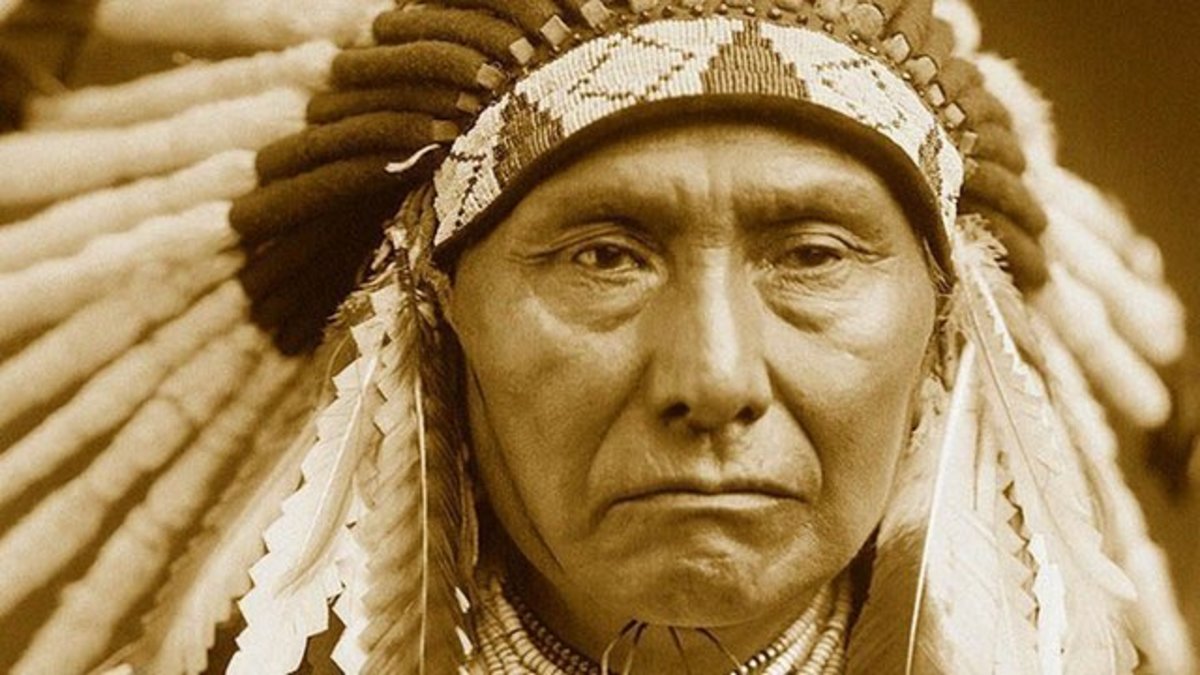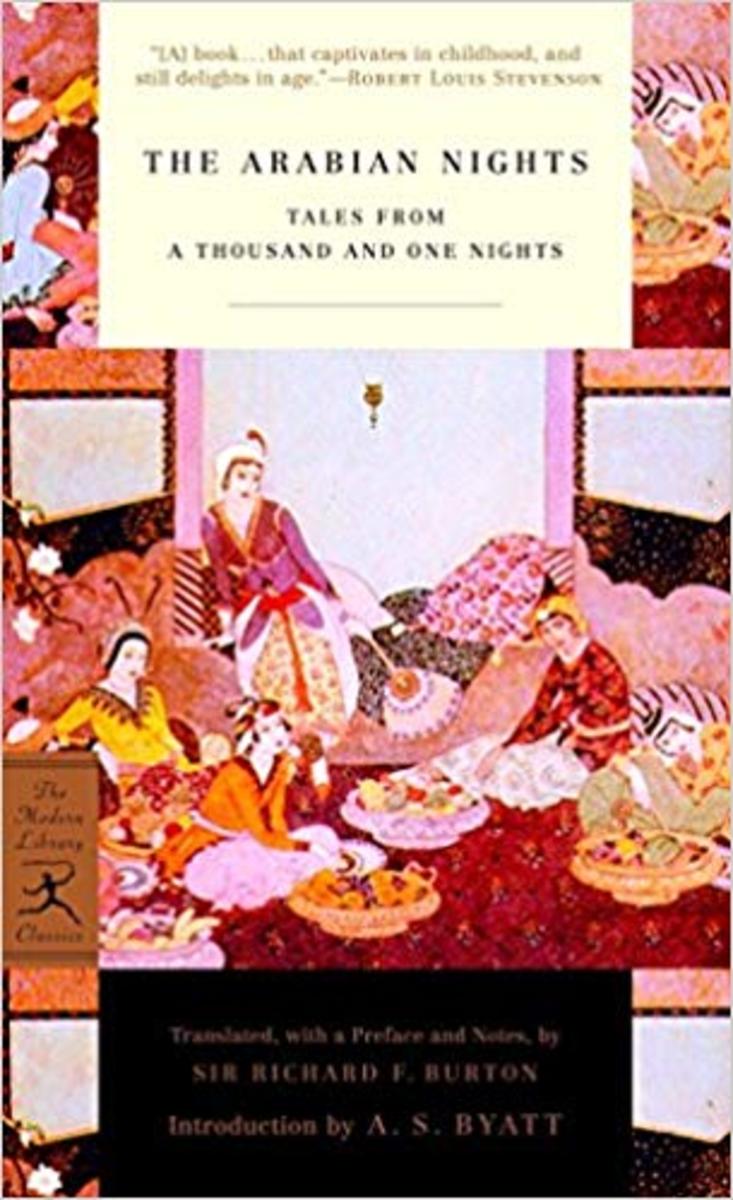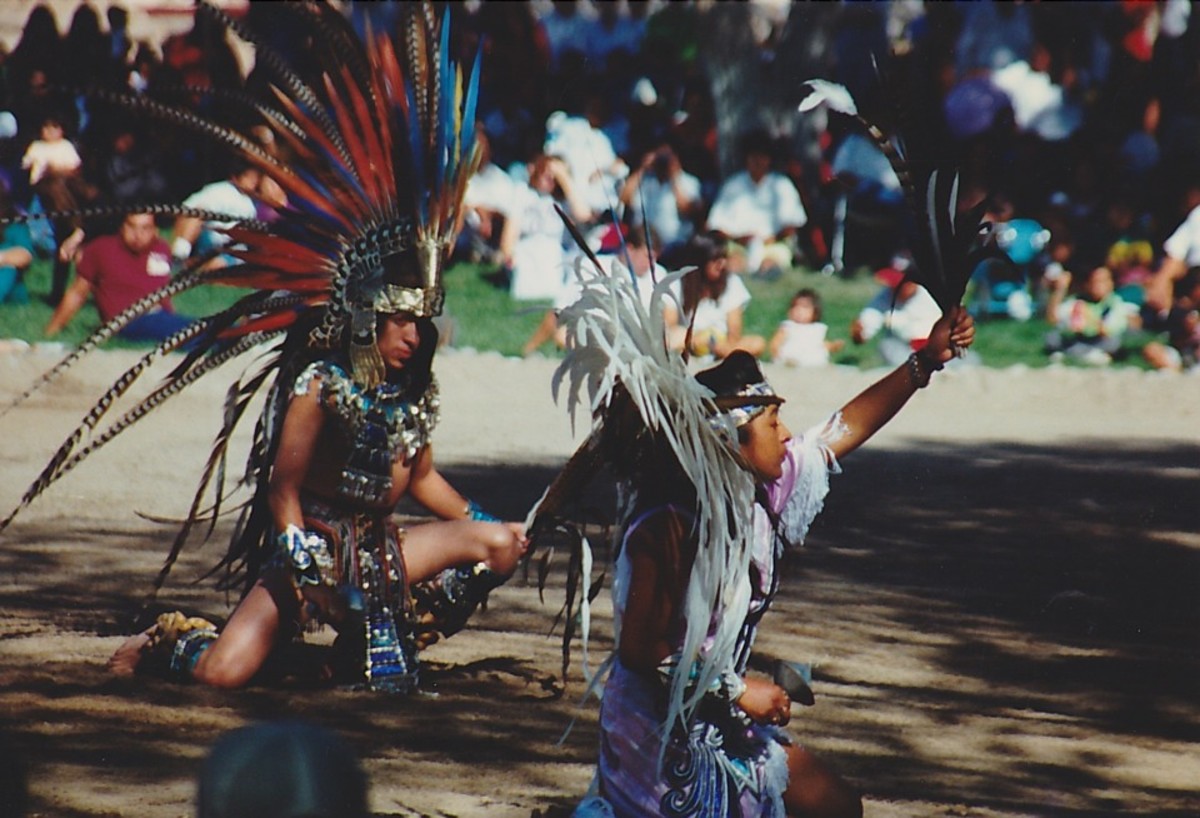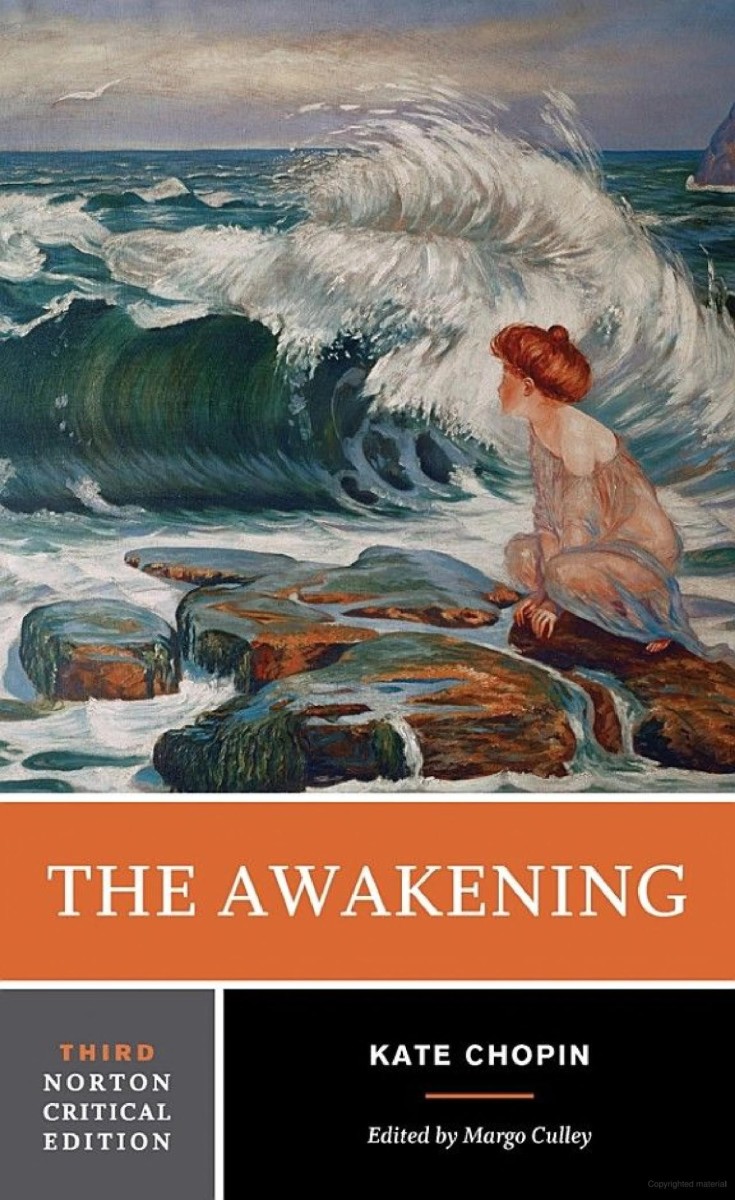An American Indian Family- A Literary Analysis of Luci Tapahonso's "a radiant curve"

The concept of family varies in every society and within every society on Earth. A family may consist of a single person, two partners, a single parent, both parents, children, aunts, uncles, cousins, grandparents, et cetera. The combinations that make up the members of a family are infinite and there are many authors who address the topic of family in their writing. Luci Tapahonso, a member of the Dine Nation, addresses several different topics of family in her book a radiant curve. The book is filled with traditional Dine stories and Tapahonso’s own personal stories and recollections. A prevalent theme of the overall book is her family’s ability to maintain traditional Dine values while also emphasizing the importance of family to all members of the Dine Nation. Tapahonso stresses the importance of family and family values through the use of the Dine language in her text, expressing how important traditional and personal stories are, the observation of traditional Dine ceremonies, representations of the nuclear family, the true meaning of a household, and the extension of family to include people that are not blood relatives.
Throughout the book Dine words linger into the text with short definitions following to emphasize how important the Dine language is to the characters in Tapahonso’s stories. For example, in the first paragraph of “A Radiant Curve” the Navajo word “Shisóí…( Shisóí means ‘my daughter’s child’)” (Tapahonso, 7) is immediately used in reference to Tapahonso’s grandson and, in the last paragraph, the Dine word “Diyin Dinèé” (Tapahonso, 19) is used as the traditional name for the Holy People. Dine words, like these ones, permeate this story from the very beginning to the very end. The use of Dine words and concepts show how important the Dine language is to Tapahonso’s family. Another, more family centered, example is in the chapter “Náneeskaadí” when Tapahonso and her husband are playfully trying to feed each other:
‘Na’. Here.’ As in ‘Na’kad yiwol. Here, now go run along.’
‘Ná. For you.’
‘Díí na’iishlaa. I made this for you.”
‘Na’, díí ná iishlaa. Here, I made this for you’ (70).
In this scene Tapahonso illustrates a loving interaction between husband and wife while also incorporating the use of the Dine language; however, she makes sure that her non-Dine audience does not get lost. She quickly explains the Dine text in each line. Furthermore, the fluidity in which Tapahonso refers to Dine words in her stories emphasizes how the Dine language is often used in everyday life. Here, in Tapahonso’s family, Dine is not a second language used only around the elderly, it is the language used interchangeably with English everyday.
In addition to the Dine language being important in Tapahonso’s writing, the traditional Dine stories told by Tapahonso within a radiant curve point out how significant storytelling is to her family and to the Dine people in general. At one point in the chapter “A Radiant Curve,” Tapahonso’s husband asks her to tell a story (9). This suggests that storytelling is a big part of their family because they do not eat dinner and then watch television. They collectively listen to Tapahonso tell a story. It is also important to note that the stories are told with particular emphasis on telling them for the children. Tapahonso says, the children “will quiet down for a story…they…can teach them new things about who they are” (10). In this instance, storytelling is not only looked upon as a way for stories to be told but a way for children to learn more about what is expected of them because the stories illustrate the historical significance of certain things the family does in their everyday lives, such as celebrate a First Laugh ceremony. Emphasizing the importance of the children also stresses the importance of how adults and children interact within the family. The adults are looked upon as the teachers while the children are portrayed as the students. Storytelling brings the two generations or several generations together and stresses the importance of the family working together to keep Dine stories and traditions alive to share with future generations.
More Hubs on Native Americans
- Bridging the Gap- A look at the work of some Native American female writers
A comparison and contrast between the works of Leslie Marmon Silko, Jane Johnson Schoolcraft, and Zitkala Sa on the traditional role of Native American woman in society and family settings. - The twenty first century Native American Woman is still fighting for survival.
A short hub on the many things Native American woman are and are stereotyped to be. - Stereotyped Modern Native American
Is this what you think Native Americans are? - Window Rock: A Symbol of the Navajo People
A short hub on what Window Rock means to the Navajo people. - Indigenous Paleosols on the Jicarilla Apache Reservation
A scientific study on soils in northern New Mexico.
Storytelling may also be the reason why Tapahonso continually mentions how Dine traditions are still observed in her household, even though she and her family live off the reservation. For instance, in “A Radiant Curve” the mere celebration of the First Laugh ceremony off the reservation shows their dedication to Dine traditions while also living in a dominantly white society. Furthermore, Tapahonso’s family actively sought a house facing east (14) because “hooghans, the home”(14) traditionally face east, toward the rising son. Finally, Tapahonso and her family include non-Navajo people in the First Laugh ceremony. She says, “Since some guests were not Dine, I spoke about the significance of Shisóí Isaiah entering a new stage of life and about the origin of the tradition” (15). By inviting non-Navajo guests they still observed the need for relatives and friends to be present for the baby (12) but they also show how living in off the reservation can create a very inclusive environment in which Tapahonso and her family not only practice Navajo traditions but share them also. This sharing and continual practice of Navajo traditions off the reservation displays Tapahonso’s ability to cope with her surrounds, whether on the reservation or off.
Additionally, most of Tapahonso’s stories and the families in the stories center on families based on the notion of a nuclear family. The chapters “A Radiant Curve,” “The Holy Twins,” “Far Away,” and “A Tune-Up,” are permeated with families headed by a mother and father who all have children. Although it appears the emphasis here may be on both parents being present, there are also other stories, like “The warp is even: taut vertical loops” and “New Boots,” where the father is absent. Therefore, the emphasis of the basis for a family is placed on the presence of children in the family and a mother to guide them. There are no representations in the entire book of families without children or families without mothers. This is because Tapahonso represents the Dine people as observing children as the key to future generations. Their presence is essential for the Dine people to continue to thrive. Furthermore, the mother is, as Tapahonso says, “the heart of the home” (85). The loss of a mother in any of the stories would mean the loss of the narrator or central character. Rather than representing the father as the head of the household, the one who runs everything, the mother is given this title. The mother and the children need to be present for Tapahonso’s notion of a family to exist.
Literary Hubs
- Miss Emilys Alienation- William Faulkner's A Rose for Emily
An analysis of William Faulkner's character Miss Emily in "A Rose for Emily." - A Poetic Analysis- Edna St. Vincent Millays [What lips my lips have kissed]
A poetic analysis of Edna St. Vincent Millay’s sonnet “[What lips my lips have kissed].” - The Perception of Lovers- William Shakespeares A Midsummer Nights Dream; and Henrik Ibsen's A Doll H
A literary analysis of the notion of lovers in William Shakespeare's "A Midsummer Night's Dream" and Henrik Ibsen's "A Doll House." - Samuel Beckett on the Hardships of Marriage
This hub gives two examples of both happily and unhappily married couples in Samuel Beckett's radio play "All That Fall" and the play "End Game" and how these marriages may reflect your own. - Samuel Beckectt on Sanity vs. Insanity
Is sanity a product of society's standards? Samuel Beckett's novel "Murphy" explores this question through representations of various characters and their social standings.
In the text, family also exists through people who are not blood relatives. For the First Laugh Ceremony, Tapahonso explains:
Many relatives and friends are invited so that the baby will never experience loneliness and will always be surrounded by the love and concern of many. The Holy People wanted to ensure that the baby would be aware of her extended family and the larger Dine community (12).
The inclusion, rather than exclusion, of non-blood relatives illustrates the importance of wanting to share the company of others. Tapahonso and the Dine people want and need to be aware of others and this means the family connection goes farther than blood relatives. In another short story, “A Tune-Up,” the protagonist Emma proclaims that when she and her roommate, Christine, “discovered they were clan sisters, their connection was immediate” (57). This notion of inclusion of non-blood relatives extends so far for the Navajo people that their clansmen are also considered part of their family. This close knit connection of blood relatives and non-blood relatives helps portray the Dine people and their notion of family as one where everyone belongs. There are no exclusions. For the Dine people, family is everyone.
Furthermore, Tapahonso represents family in a way that the reader understands is not the type of family that only visits on Thanksgiving and Christmas. In “Far Away,” when talking about parking for the Shiprock Fair, the narrator mentions, “Most families have a traditional spot, and every year relatives and friends look for them there” (37). In this instance, family is represented as a place where all relatives are welcome and friends are treated like relatives. For the Dine people, family is illustrated as relatives that actively and inclusively seek each other out for company.
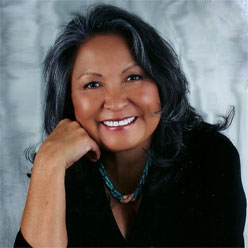
Tapahonso’s a radiant curve shares the importance of family and family values to her own family and Dine people in general. The use of the Dine language in her text, expressions of how important traditional and personal stories are, the observation of traditional Dine ceremonies, representations of the nuclear family, the true meaning of a household, and the extension of family to include people that are not blood relatives illustrates the significance of family and all that it represents. Tapahonso’s book represents her family as an American Indian family capable of practicing their traditional Native beliefs while also acknowledging that the family is at the center of those beliefs. In addition, and finally, Tapahonso concludes her book with the following poem:
“We
must remember the worlds
our ancestors
traveled.
Always wear the songs they gave us.
Remember we are made of prayers.
Now we leave wrapped in old blankets of love and wisdom (89).
This poem strengthens Tapahonso’s notions of family because future generations are only possible because of past generations. The families and family values instilled in the Dine ancestors was passed on from one generation to the next. These notions have been brought forth to the present to help ensure the survival of the Dine people and to ensure the survival of the beliefs of Dine families. If more American Indian families and families in general could negotiate these beliefs, the concept of family in societies around the world would be stronger.
© 2013 morningstar18


